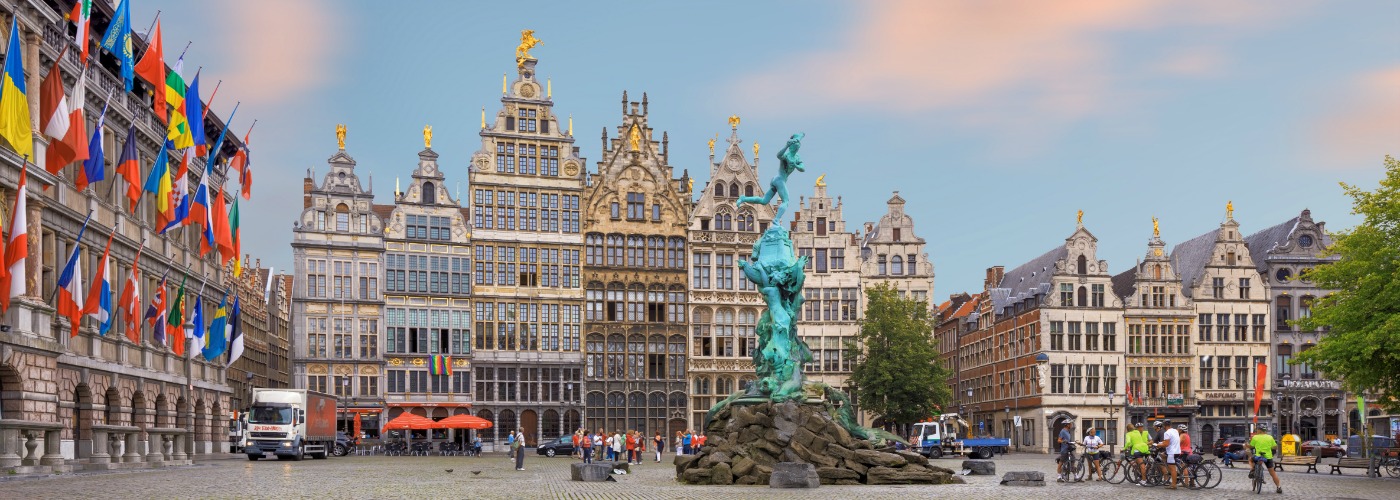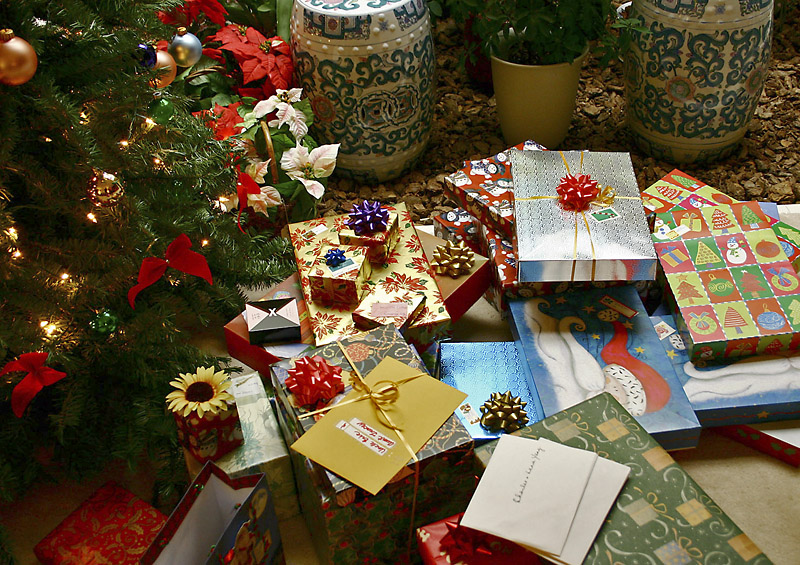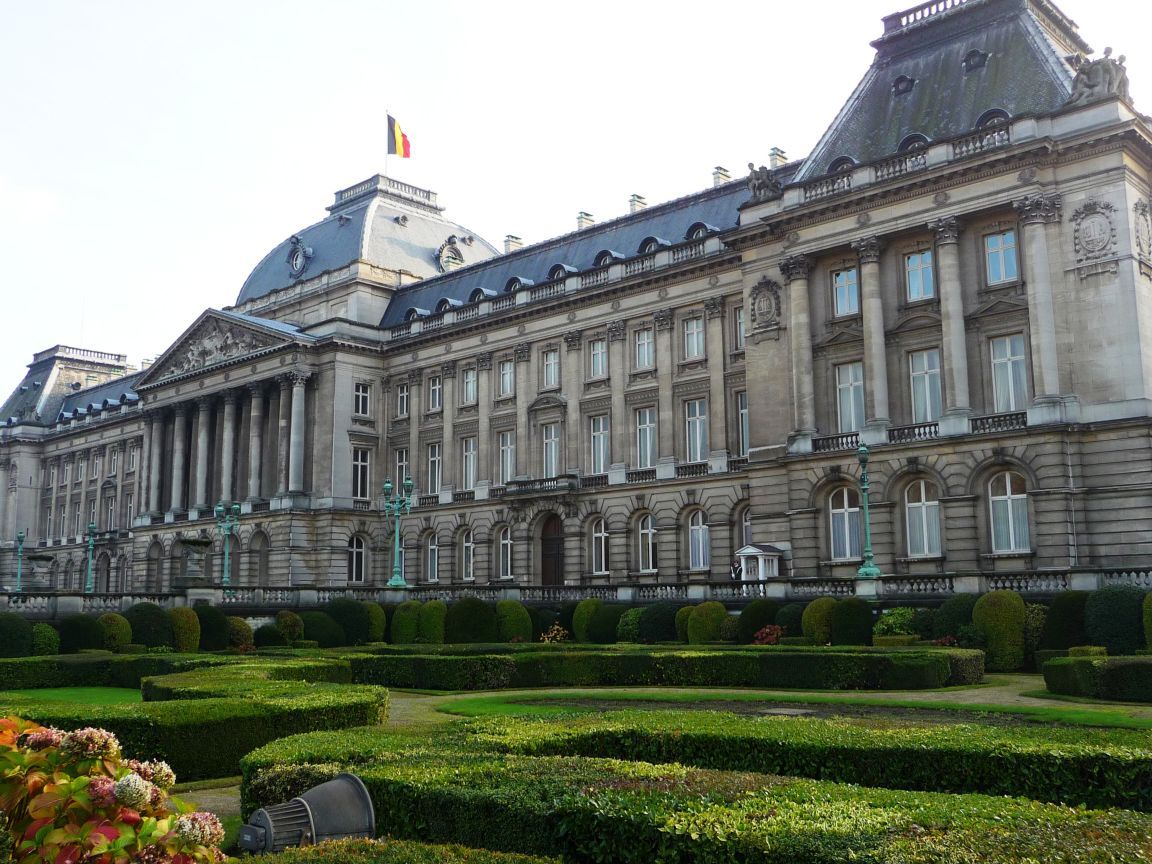Culinary travels, the Belgian Chocolate

In our culinary travels, the Belgian Chocolate deserves a stop by the Belgian capital city. How about we take a look into the exquisite history of this gorgeous food?
Belgian chocolate has become more than a national brand – it is a symbol of Brussels and of the entire country. Its tradition dates back to the 17th century – when Belgium didn’t even exist as a country per se. In 1635, the region fell under the Spanish for a time and it was them who brought this ingredient from America. The ingredient was customized here and became popular. In the 20th century, Belgium could import significant quantities of cocoa from its colony, the Belgian Congo.
Today, Belgian chocolate is renowned throughout the world. It has a minimum 35% of pure cocoa as regulated. Great brands, like Godiva, Leonidas and Neuhaus, follow traditional recipes and production techniques.
Chocolate is a great part of the country’s economy, since there are over 2000 chocolatiers in Belgium.
Over 170.000 kilos of chocolate are produced every year and much of it is exported, to the worldwide delight!
Among the Belgian chocolate varieties, three are worth mentioning in particular:
Truffles – truffle-shaped chocolates with a soft ganache, creamy consistency and covered in cocoa powder.
Pralines – developed in Belgium, introduced by chocolatier Neuhaus in 1912, they contain a filling of nuts, marzipan, coffee and not only.
Chocolate figures and eggs are also very popular in Belgian chocolateries. They are usually a combination of milk and dark chocolate. Belgians are great smokers, so dark chocolate is greatly appreciated here.
Whenever you are in Belgium, you can drive a Brussels rental car and drive to Grand Place and then to the adjacent winding streets with shops and sample the exquisite Belgian chocolate. It’s a taste you will find it hard to forget.





